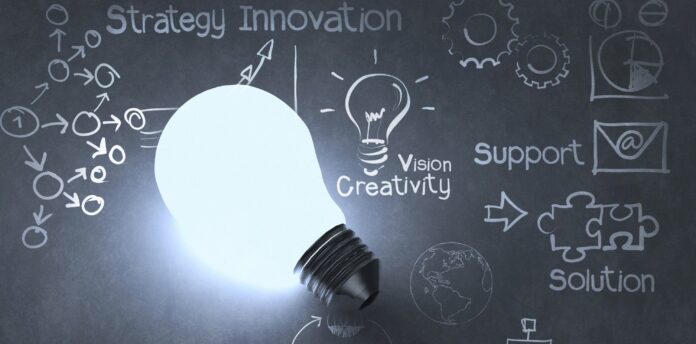STEM education (Science, Technology, Engineering, and Mathematics) has been a significant focus in schools for many years. STEM education is an interdisciplinary approach to learning that integrates these four areas. Many educators and researchers believe that integrating the arts into STEM education can enhance students’ creativity, innovation, and problem-solving skills. The purpose of this article is to discuss the benefits of teaching STEAM (Science, Technology, Engineering, Arts, and Mathematics). And how it can positively impact students, teachers, schools, and society.
Overview of STEAM
STEAM is an interdisciplinary approach that integrates science, technology, engineering, mathematics, and the arts. The inclusion of the arts in STEM education recognizes the importance of creativity and innovation. In the context of scientific discovery and technological advancement. The idea of STEAM education is not new, with the concept gaining popularity in the late 1990s. However, it has gained more attention in recent years. Along with STEAM education as educators recognize the value of creativity and innovation in the workforce.
Benefits of STEAM for Students
The inclusion of arts in STEM education can provide many benefits to students. Firstly, it can develop creativity. The arts encourage students to think outside the box, explore new ideas, and challenge themselves. This creativity can then be applied to STEM fields, helping students develop innovative solutions to complex problems. Secondly, STEAM education can enhance problem-solving skills. The arts provide opportunities for students to work collaboratively and think critically, skills that are valuable in STEM fields. Thirdly, STEAM education can improve communication skills. The arts provide students with opportunities to express themselves and communicate their ideas effectively. Finally, STEAM education can prepare students for future careers. Many of the most in-demand careers require a combination of STEM and creativity, such as graphic design, architecture, and animation.
Benefits of STEAM for Teachers
STEAM education can also provide many benefits to teachers. Firstly, it can offer engaging teaching methodologies. The arts provide opportunities for hands-on, project-based learning, which can be more engaging for students. Secondly, STEAM education can offer opportunities for professional development. Teachers can learn new skills and techniques from experts in various fields, helping them to improve their teaching practice. Finally, STEAM education can improve classroom dynamics, promoting collaboration and teamwork among students.
Benefits of STEAM for Schools and Society
The inclusion of the arts in STEM education can also provide benefits to schools and society. Firstly, STEAM education can enhance innovation. By promoting creativity and problem-solving skills, students can develop innovative solutions to complex problems, which can then benefit society. Secondly, STEAM education can improve community relations. By promoting collaboration and teamwork, STEAM education can encourage students to work together on community projects, improving relationships between schools and the wider community. Finally, STEAM education can increase economic growth. The development of STEM skills and creativity can lead to the creation of new technologies, industries, and jobs, which can positively impact the economy.
Challenges and Solutions
Although STEAM education provides many benefits, there are also challenges to implementing it. Firstly, resource constraints can be a significant barrier to implementing STEAM education. Teachers may not have access to the necessary resources, such as technology or art supplies, to deliver STEAM education effectively. Secondly, resistance to change can also be a challenge. Some educators may be hesitant to incorporate the arts into STEM education due to a lack of understanding or familiarity with the arts. Finally, strategies for overcoming challenges include securing funding for resources, offering professional development opportunities, and providing ongoing support to teachers.
Conclusion
In conclusion, integrating the arts into STEM education can provide numerous benefits to students, teachers, schools, and society. STEAM education can help students develop creativity, problem-solving skills, and communication skills, and prepare for future careers. It can also offer engaging teaching methodologies, opportunities for professional development, and improved classroom dynamics for teachers. Schools and society can benefit from enhanced innovation, improved community relations, and increased economic growth. While challenges to implementing STEAM education exist, it is crucial for educators and policymakers to recognize its value and take action to implement it effectively. STEAM education is critical for our workforce and society’s future, and we must invest in it to promote a brighter future.
And as always folks if you would like to read some of the latest articles that are both interesting and informative be sure to check out the Global Growth Forum. Also, check out the Mojo Patrakar if you would like to read some of the latest articles in Hindi.



